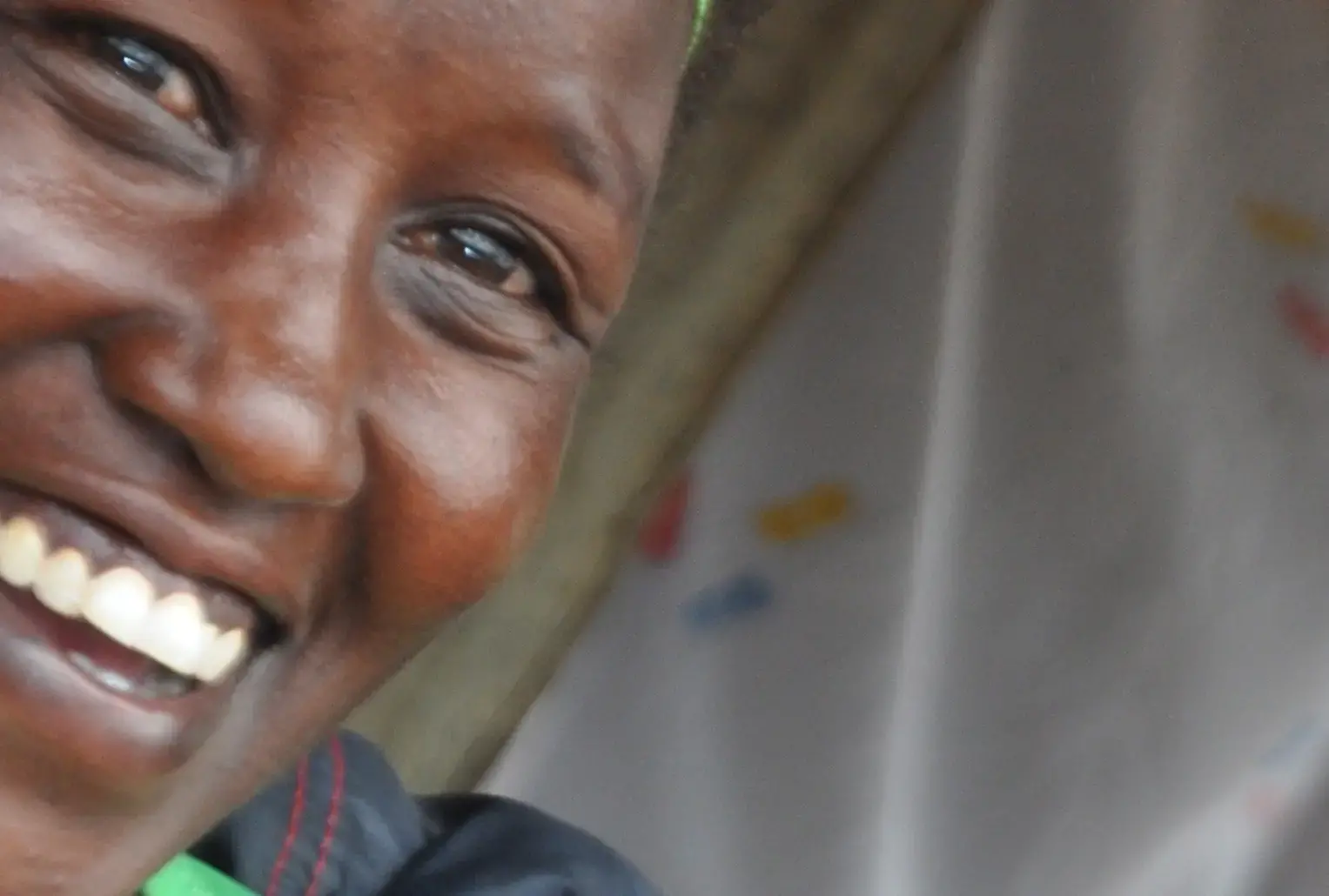The Constitution of Kenya (2010) in Article 260 defines an older person as any Kenyan aged at least sixty years. It recognizes older persons as distinct right holders (Article 57) entitled to care and protection from the State. Kenya’s National Policy on Older Persons and Ageing (2018) offers a comprehensive framework to facilitate the provi- sion of reasonable care and assistance to older persons. The overall goal of the policy is to provide an environment that recognizes, empowers, and facilitates older persons’ participation in society and enjoyment of their rights and freedoms. This includes the right to life in dignity with the best pos- sible health.
As in other parts of the world, Kenya’s population of older persons has increased rapidly: from about 270,000 in 1949 when the first national census was conducted, to 1 million in 1989 and 1.9 million in 2009. The 2019 national census indicated that the number of older persons in the country had reached about 2.7 million, representing about 6 percent of the total population. A majority of Ken- ya’s older persons are female (55%) and live in the rural areas. Seven counties in Kenya have over 100,000 older persons each. These are Kakame- ga, Kiambu, Meru, Muranga, Machakos, Nakuru, and Nairobi. Kakamega county has the highest number of older persons at over 128,000. Accord- ing to the 2015-16 Kenya Integrated Household and Budget Survey (KIHBS), older persons are found in about 18 percent of the country’s house- holds. About 60 percent of Kenya’s older persons are married and over one-third are widowed.




